Your Cart is Empty
Customer Testimonials
-
"Great customer service. The folks at Novedge were super helpful in navigating a somewhat complicated order including software upgrades and serial numbers in various stages of inactivity. They were friendly and helpful throughout the process.."
Ruben Ruckmark
"Quick & very helpful. We have been using Novedge for years and are very happy with their quick service when we need to make a purchase and excellent support resolving any issues."
Will Woodson
"Scott is the best. He reminds me about subscriptions dates, guides me in the correct direction for updates. He always responds promptly to me. He is literally the reason I continue to work with Novedge and will do so in the future."
Edward Mchugh
"Calvin Lok is “the man”. After my purchase of Sketchup 2021, he called me and provided step-by-step instructions to ease me through difficulties I was having with the setup of my new software."
Mike Borzage
The Edge: Gavin Goulden, The Game Master.
March 22, 2013 6 min read
Today we we talk to Gavin Goulden, the author of our March Book of the Month, about his work and inspiration.
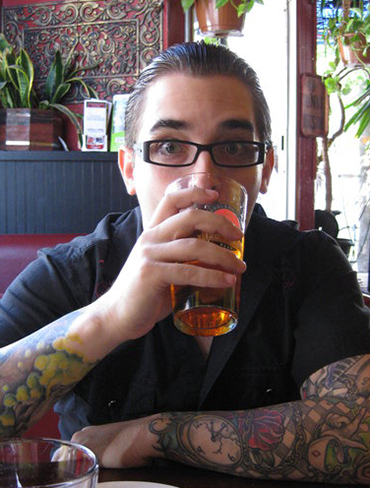
Novedge: Tell us a bit about who you are and what you do.
Gavin Goulden: My name is Gavin Goulden, I am the lead character artist on Bioshock Infinite and have contributed art assets in the past to titles such as Dead Rising 2, The Bigs 2, Dragon Age: Origins, F.E.A.R. 2 and Damnation. My main focus is on character art (modelling, texturing and rigging) for games on current generation platforms. I also have a keen interest in creating art pipelines, teaching character art, and toy sculpting. On top of the the game projects that I have been a part of, I have contributed dozens of articles to 3DArtist and 3DCreative magazine as well as authoring The Swordmaster.
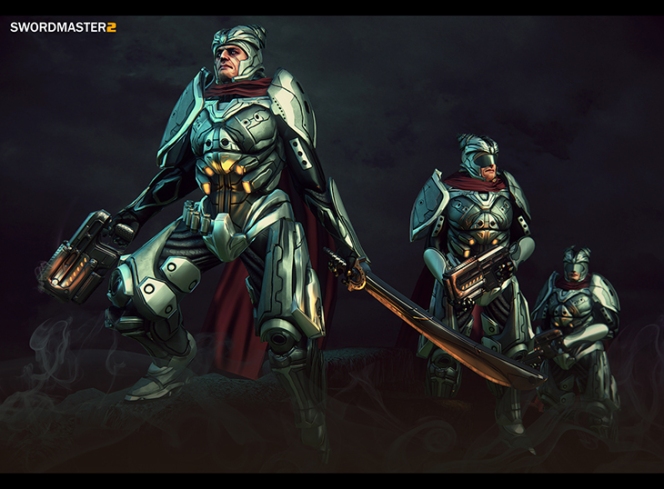
Novedge: What is a recent project that you worked on?
Gavin Goulden: Throughout my career, I have been involved with nearly a dozen titles ranging from “kids games” to first person shooters. As part of that, three big projects stick out to me. My most recent project, which should be on store shelves soon, was BioShock Infinite. While on BI, I created many of the general population seen in the game as well as enemies you encounter during combat scenarios. During this project I also entered a lead role which required me to start managing schedules, maintaining best practices, and conversing with other departments about their needs and what our team could do for them. This is, by far, the biggest project I have been apart of – though I can't go into too much detail about it – it was certainly rewarding.
Before joining the team, I was working with Capcom on Dead Rising 2. While on DR2, I took care of many “psychopath” characters, player outfits, and weapons seen in game. Definitely a fun project given the genre – Who doesn't like zombies?

Before Dead Rising 2, I was working with Blue Castle Games (which later became Capcom Vancouver) on 2K Games' The Bigs 2. While I am not a sports fan, this project taught me so much in the way of structuring a team, managing schedules, working within a pipeline, etc. that previous projects did not. So, while not exactly a game that I would play on my own, the entire experience helped lay down a foundation of lessons that I still practice today.
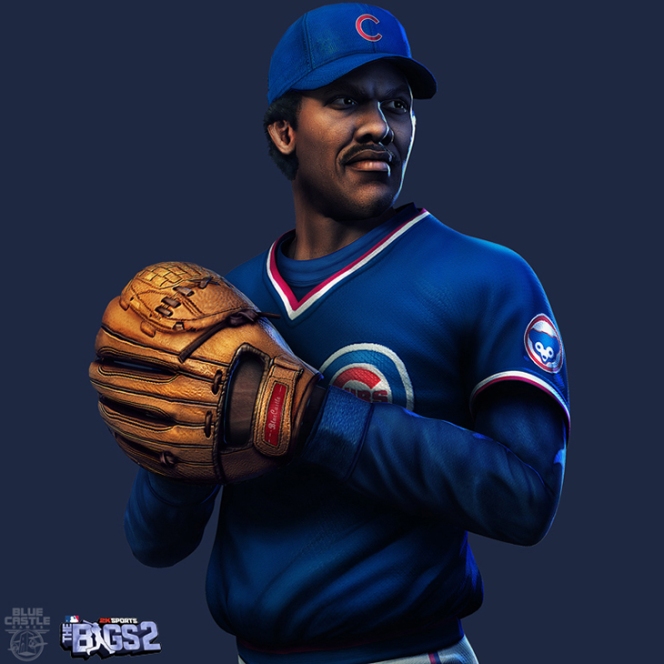
Novedge: What software do you use? Why?
Gavin Goulden: On a day to day basis I use 3ds Max, Zbrush, and Photoshop. I generally supplement these programs with more specialized apps like CrazyBump, xNormal, and Wings 3D. For the most part, I'm just a creature of habit. The work flow for game assets, especially characters, generally requires the same exporting point, or at least a common ground so that problems are not introduced for other departments. So, for that, we are all required to use the same software as a project standard. 3ds Max has generally been the accepted program for the studios I've been with, along with Maya which I previously used for the same reasons. Zbrush and Photoshop, for pretty much the same reasons, they are industry standards.


For the more specialized programs, I tend to use them because they are just quicker and/or more efficient than what is out of the box when it comes to major applications. Like the baking speed (and the need to not have to load models into a viewport for baking) within xNormal saves hours of work, Wings takes less time to unwrap objects, CrazyBump produces nice cavity maps in seconds – it's just quicker and easier.

Novedge: Your book, 3D Masterclass: The Swordmaster in 3ds Max and ZBrush, is our March Book of the Month. Can you talk about how it came about?
Gavin Goulden: The Swordmaster was a long running series for 3DCreative. I was originally approached by the magazine to do a few short articles covering the process of current generation character art. Once I was approached, I jumped on the opportunity. I had written a bunch of smaller articles in the past, and tutorials roughly covering my process in a few pages – but this time I really wanted to go in depth. And I did. Eventually, we realized that we were producing A TON of content which would make a great book. So, we added even more information, created a set of new renders, bonus material, and brought all of the pieces together.

Novedge: How do you find inspiration to stay ahead of the curve?
Gavin Goulden: I think there's a few different things going on here. Where I find “inspiration” is the same place I found it as a kid doodling poor renditions of imps from DOOM, and Spider-Man. There are things that I nerded out over which have shaped my personal tastes that still have some degree of influence over the choices I make now. As a kid, I wanted to be the guy who created these characters, that was the dream and, in a way, I still am that person – it's just that now I get to do it as my career. What “motivates” me to do that and to stay where I am within my industry is that I am extremely competitive. I always want to stay relevant, I don't want to fall behind. I've worked incredibly hard to be where I am now, so, if I didn't pay attention to the next great thing – I would be doing a disservice to myself.
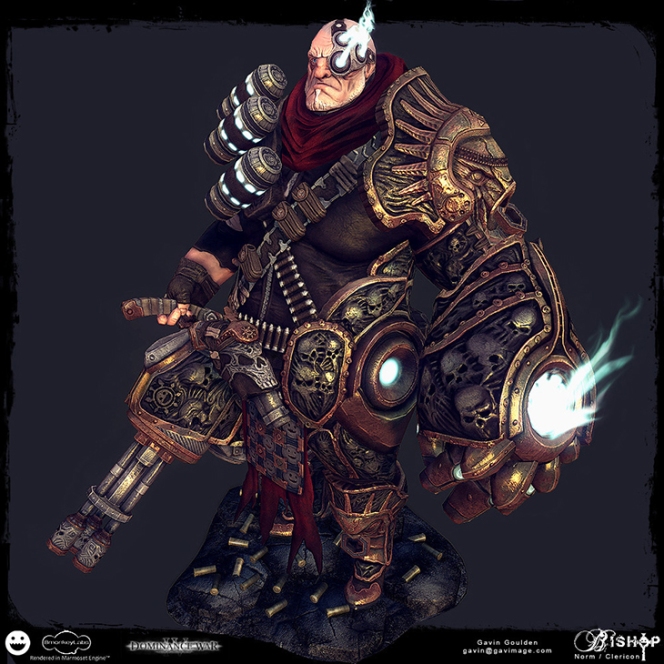
Novedge: What are some of the rewards and challenges of working as Lead Character Artist?
Gavin Goulden: My goal is to make life easier for everyone. By establishing and maintaining a process that empowers artists but also encourages quicker turnaround times and easier iteration, everyone can walk away happy – and that's a good feeling. One of the challenges I face, personally, is that eventually you will have to say, “No” which can be tough. Sometimes, there just isn't enough time or resources to do everything you had hoped to do – which is common on all projects.
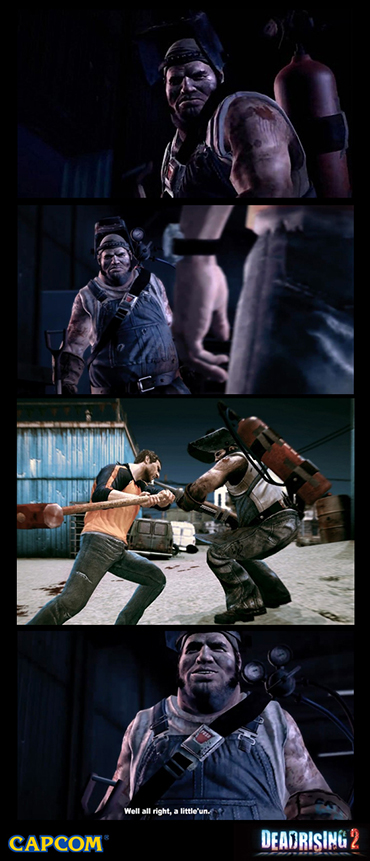
Novedge: What is the best advice you have ever received?
Gavin Goulden: While I don't think I've ever had a heart to heart conversation with someone and received a solid life lesson, I do think that the collected advice regarding portfolios from the game art community has been incredibly valuable and is a mindset that I try to share with people breaking into the industry. Simple things that, to an industry veteran, may seem obvious but may be slightly shocking to students. The biggest point that stands out to me is that you are not competing with your classmates and the ones in your immediate circle of artist friends. You need to consider yourself in the same market as the ones you idolize, like the people in your reference folder could be looking for the same job as you. While it's one thing to be the top of your class, there are other people out there who have years of work under their belt applying for the same job opening. You need to wow potential employers. You need to learn to self edit and really compare yourself to heavy hitters. Rather than having an expansive portfolio full of school projects, life drawing, and works in progress , you need a handful of solid pieces that are relate-able to the projects you want to be a part of and better than artists in the industry that currently have the job you want. Not a lot of schools will tell you that, and it can be a little demotivating – but it is a competitive industry where you need to stand out of the crowd.
Learn more about Gavin's work on his website and blog and don't forget to connect with him on Twitter.
Gavin's 3D Masterclass: The Swordmaster in 3ds Max and ZBrushcomes out in June. Read about it here.
Looking for your own copy of ZBrush, Maya and 3ds Max? Get them from Novedge: Tools to Design the Future. And don't forget to join us on Facebook.
Also in NOVEDGE Blog
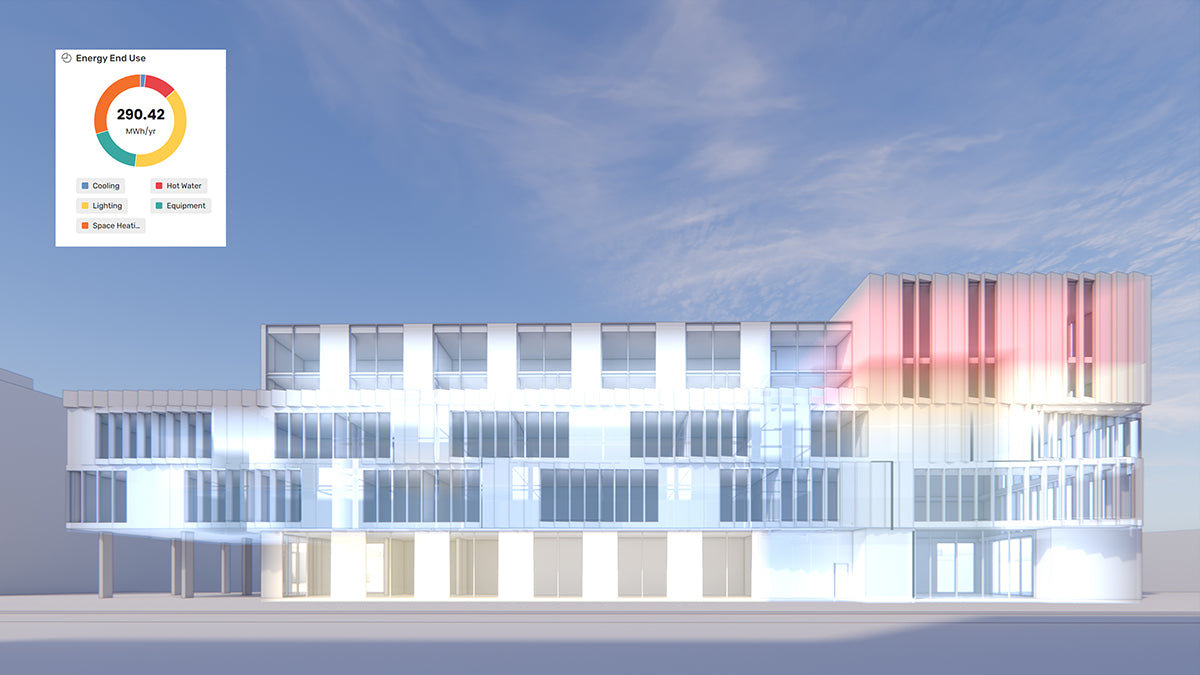
How the AEC Industry Shifted Towards Essential Sustainable Building Design
August 15, 2024 4 min read
Read More
Unlocking New Realms of Design with Enscape 4.1: Introducing Impact Add-on and Lot More
August 02, 2024 2 min read
Read More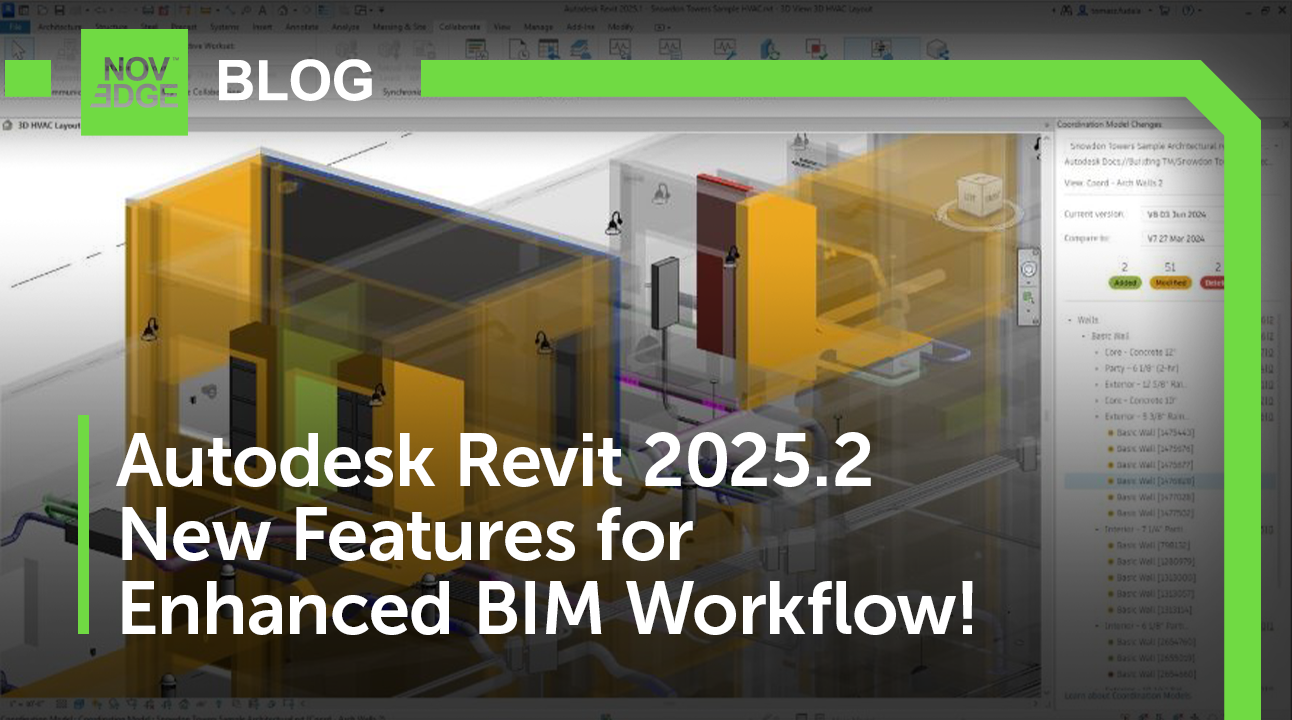
Explore Autodesk Revit 2025.2: New Features and Enhancements for Enhanced BIM Workflows
July 30, 2024 3 min read
Read MoreSubscribe
Sign up to get the latest on sales, new releases and more …


